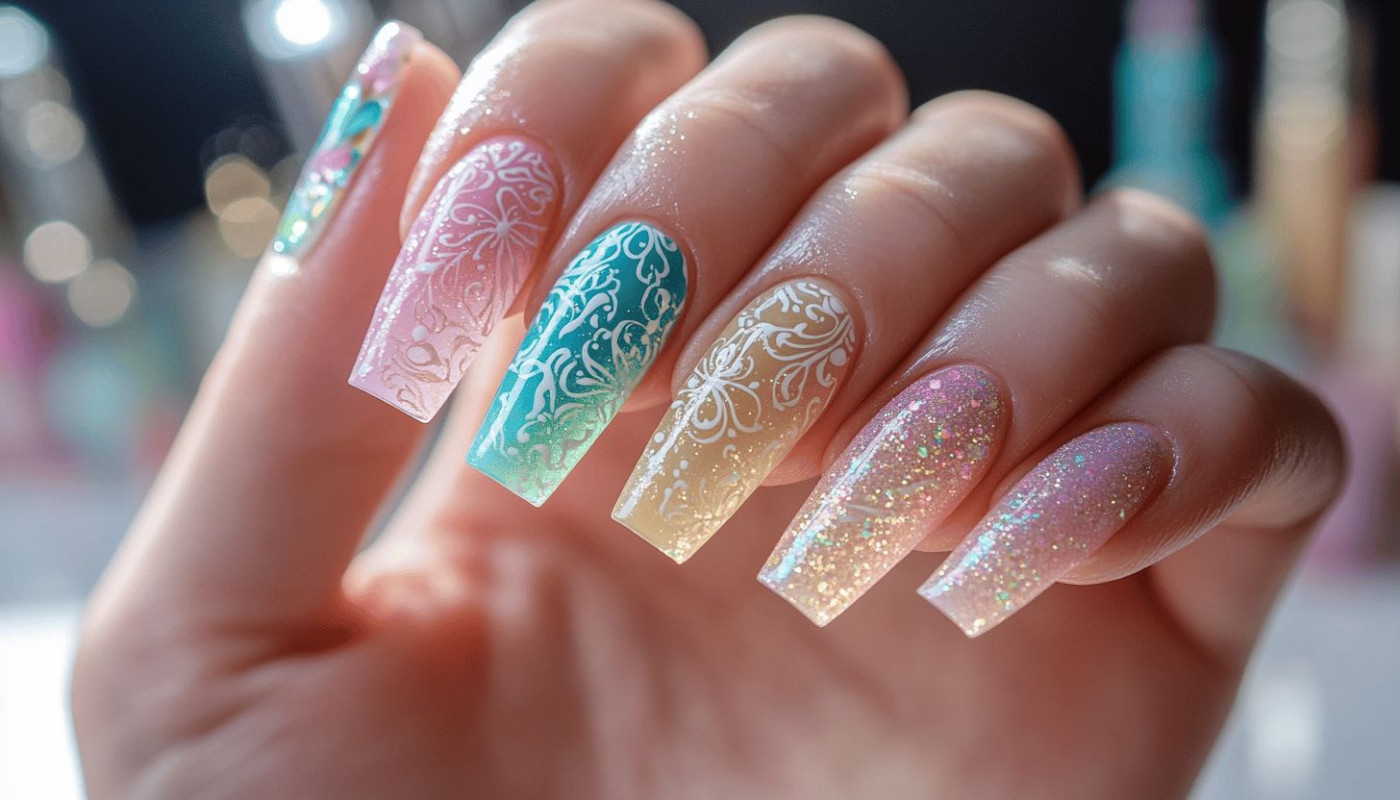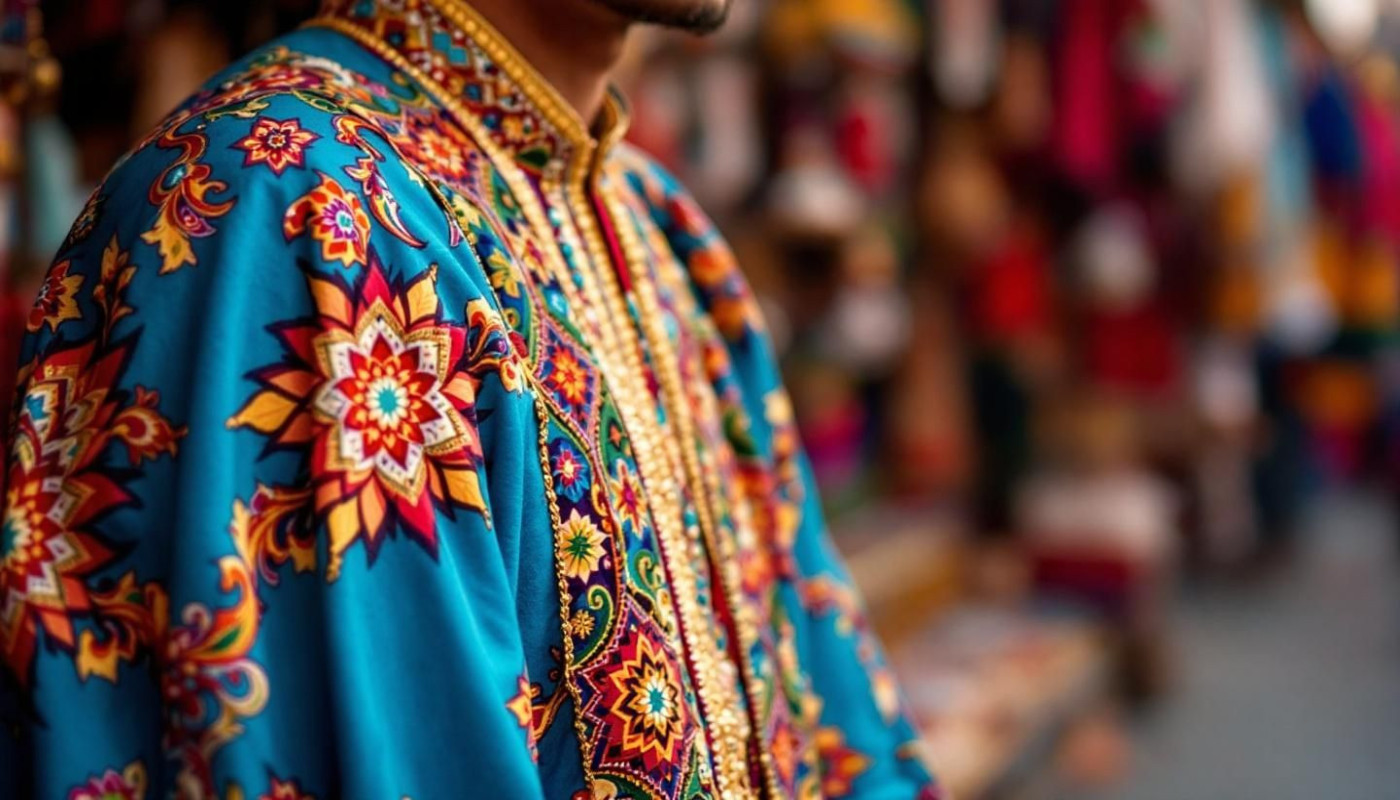Table of contents
Step into the vibrant world of traditional kaftans and discover how these garments have woven themselves into the fabric of numerous cultures across the globe. Rich in history, symbolism, and artistry, kaftans are much more than just clothing—they are living narratives passed down through generations. Explore the cultural significance of traditional kaftans in the paragraphs that follow, and uncover the unique stories, rituals, and identities that these garments represent.
The origins of kaftans
Traditional kaftans trace their roots to the ancient clothing traditions of Mesopotamia, where loose, long garments provided both comfort and practicality in the shifting climate. The history of kaftans highlights their presence in ancient Persia, where royalty favored elaborately decorated versions, and from there, their influence expanded through textile diffusion. This process, facilitated by thriving trade routes such as the Silk Road, allowed the kaftan origin to reach North Africa, the Ottoman Empire, and eventually further into Asia and Europe. Merchants and travelers not only exchanged textiles but also weaving techniques, patterns, and tailoring methods, ensuring the garment adapted to local tastes and needs as it spread.
The impact of textile diffusion on the global fashion history of kaftans led to profound cultural adaptations. Ottoman sultans embraced the kaftan as a symbol of power and status, commissioning luxuriously patterned silks and brocades, while in Morocco and West Africa, these garments evolved into distinctive regional styles incorporating local motifs and fabrics. As traditional kaftans continued to move across continents, their silhouette and significance shifted in response to changing social, religious, and aesthetic contexts. Today, the history of kaftans is recognized not simply as a record of garment design but as a testament to the interconnectedness of ancient societies and the ongoing evolution of global fashion.
Symbolism and social meaning
Throughout history, kaftans have served as powerful markers within the semiotics of clothing, representing much more than simple garments. These flowing robes are deeply embedded in the cultural significance of their societies, often operating as visual lexicons of status, identity, and communal belonging. In many cultures, the choice of fabric, the complexity of embroidery, and the richness of color in a kaftan directly signal social status garments, with nobility and high officials historically donning more opulent and intricately adorned pieces. Patterns and hues are not arbitrary; they communicate nuanced messages about regional origin, marital status, spiritual beliefs, and even political allegiance.
The symbolic resonance of kaftans extends further through their roles as ceremonial clothing. During religious festivals, weddings, and rites of passage, specific kaftans are worn to honor tradition and reinforce collective identity. Gold or silver thread might be reserved for sacred events, while certain motifs or colors are believed to invoke protection, prosperity, or fertility, reflecting the traditional attire meaning in both religious and secular spheres. These semiotic cues are intentionally woven into the fabric of society, ensuring that the wearer’s place within the community is instantly recognizable and respected.
The evolution of kaftan symbolism is a testament to its enduring relevance in modern culture, where individuals continue to use this attire as a means of expressing heritage and individuality. While contemporary interpretations may fuse old and new, the underlying messages of belonging, respect, and ritual persist. Thus, the kaftan remains a vibrant conduit for the transmission of history, values, and collective memory through the semiotics of ceremonial clothing and traditional attire meaning, making it an indispensable element of cultural identity.
Regional variations and design
Regional kaftans showcase striking diversity in their cut, fabric choices, and decorative methods, reflecting the vast tapestry of global material culture. North African kaftan design styles, such as the Moroccan kaftan, are renowned for their structured silhouettes, intricate embroidery, and luxurious materials like silk or brocade, often augmented with metallic thread and elaborate beadwork. In contrast, West African traditional garment patterns, especially in countries like Senegal or Nigeria, feature looser fits, vibrant wax prints, and bold geometric shapes, all suited for the region's climate and social customs. Central Asian kaftans, particularly those from Uzbekistan, are recognized for their rich ikat-dyed fabrics and hand-stitched detailing, while Middle Eastern variations often integrate ornate gold embellishments and soft, flowing textiles adapted for desert environments.
These cultural clothing differences arise from a dynamic interplay between environment, available resources, and local aesthetic preferences. Material culture, as expressed in ethnic fashion trends, is shaped by history, trade routes, religious practices, and even climate. Heavier, layered fabrics in colder regions serve practical needs and communicate status, whereas lighter, breathable materials are favored in warmer climates to ensure comfort while maintaining modesty. Decorative choices—such as motifs, color palettes, and embellishment techniques—not only signify regional identity but also transmit social values and communal stories. Thus, kaftan design styles become more than mere clothing; they are living testimonies to the ingenuity and adaptability of cultural expression across societies.
Kaftans in modern fashion
Modern kaftans have become a vibrant symbol of contemporary traditional wear, blending the rich heritage of their origins with innovative design elements and textile technologies. The ongoing transformation of kaftan fashion trends is evident in the way international designers reinterpret these heritage garments on runways, seamlessly incorporating intricate embroidery, bold new silhouettes, and diverse fabrics without compromising the garment's cultural roots. The collaborative efforts between luxury fashion houses and artisans from regions renowned for kaftan craftsmanship have strengthened the garment's global presence, making it both a statement of cultural influence in fashion and a reflection of evolving style sensibilities.
While the renewed interest in modern kaftans showcases the enduring appeal of this attire, it also raises ethical questions regarding cultural appropriation. Designers and brands are increasingly challenged to honor the authenticity and traditions behind the kaftan, ensuring that adaptations respect the communities from which these garments originate. The popularity of the moroccan kaftan, for instance, has sparked worldwide fascination, serving both as an elegant heritage piece and a subject of discussion on how fashion can celebrate diversity responsibly. As contemporary audiences seek deeper connections to heritage wear, the dialogue around respectful adaptation remains vital for maintaining both the integrity and the allure of kaftan fashion trends.
Preserving kaftan heritage
Efforts focused on kaftan preservation have become increasingly sophisticated, involving a collective commitment from artisans, cultural institutions, and educational organizations. Traditional craftsmanship is supported through specialized workshops, apprenticeships, and curated exhibitions, all aimed at safeguarding the intangible cultural heritage of kaftan making. Artisanal clothing cooperatives often provide training to younger generations, ensuring time-honored techniques such as intricate embroidery, hand-dyeing, and unique pattern drafting are not lost. Museums and cultural centers collaborate globally to raise awareness, integrating heritage conservation strategies that protect both the physical garment and the non-material meanings embedded within kaftan tradition.
Cultural heritage protection also faces significant challenges, particularly with the mass production of imitations and dwindling numbers of skilled artisans. Yet, numerous success stories emerge from communities revitalizing interest in authentic kaftans through fashion shows, digital archiving, and cultural festivals. These initiatives strengthen connections between past and present, fostering a renewed appreciation for artisanal clothing and reinforcing the value of intangible cultural heritage in a modern context. By navigating obstacles and embracing innovation, the ongoing movement for kaftan preservation continues to ensure that this vibrant tradition remains a living, evolving practice for future generations.
Similar articles

How Nail Stickers Transform Your Manicure Routine Effortlessly

Exploring The Versatility Of Seasonal Nail Wrap Designs

Exploring The Impact Of Iconic Figures On Modern Streetwear Trends

The Influence Of Reggae And Rastafarian Culture On Modern Fashion Trends

The Evolution And Cultural Significance Of Durags In Fashion

How Slide Sandals Became A Global Trend: A Look At Their Fashion Evolution

Buying Y2K clothing : what are the tips for making the right choice ?

